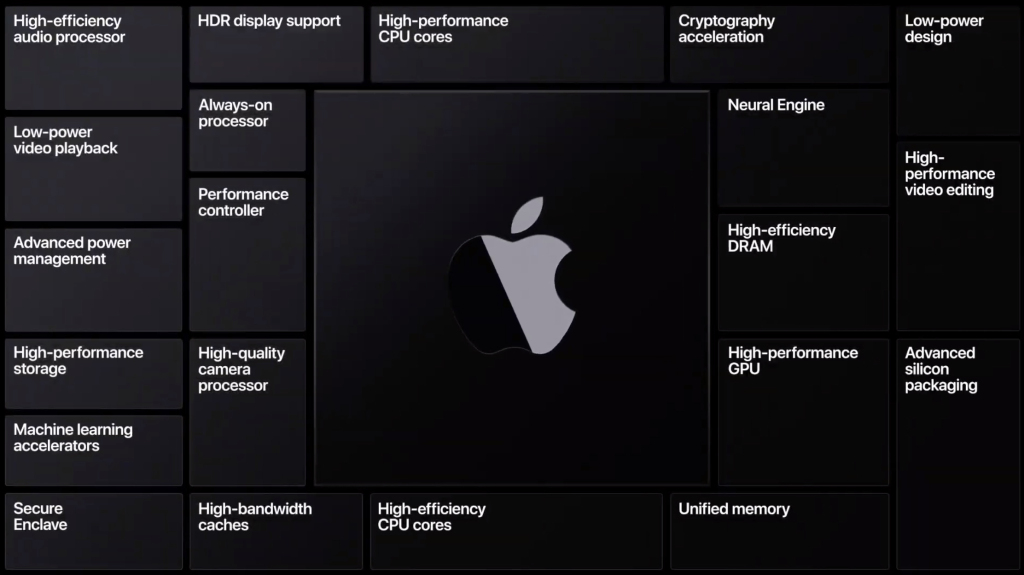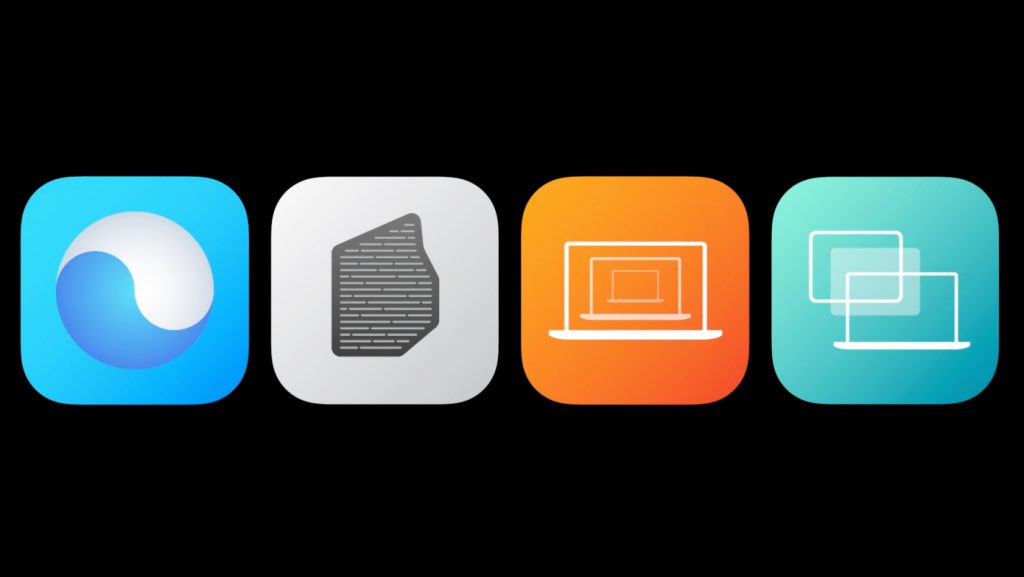ARM-based processors are quite common among embedded and firmware developers and can be found in devices ranging from a simple coffee machine to a sophisticated motor controller found in rockets. Barring some exceptions almost all our mobile devices currently run on ARM-based processors be it the A-series chips in our iPhone and iPad or the Snapdragon chips in our Android devices.
AMD and Intel sell their processors as silicons that needs to be compatible with multiple operating systems and fit into devices manufactured by multiple OEMs. All the additional modules for the processors were added through the expansion interfaces provided by the CPUs. Apple had a previous switch over architecture when they moved to Intel chips for their computers. Even when iPhones and iPads were showing performance better than the Android devices due to their close hardware and software integration, the Apple computers were pretty much stuck with the pace of Intel’s development.

ARM sells the IP for its processors and Apple gets to add in their own modules such as the Neural Engine and the Cryptography accelerator in the same silicon. The integration between hardware and software will allow Apple to bring its iPad Pro’s performance to power ratio to the computers. We have seen the use of low-powered processors augmenting high-powered computing processors to provide an always-on device. The goodness of the powerful Macbook along with the LTE connected always-on iPad would not be far away in the future.
Reduced number of chips onboard and no premium for Intel processors should help bring down the price point of the Macbooks or provide a better margin for Apple. However, Apple’s silicon with Apple’s software could make out of store expandability and repairability of the future systems worse than they actually are. Good luck buying the RAMs and SSDs custom built for Apple’s own processors.
We have seen earlier and recent attempts of switching from Intel/AMD based processors to ARM processors was heavily hampered by the software. There is no provision for software developed for x86 processor to run natively on the ARM-based processor, moving x86 application to ARM-based processor using an emulator will be slow at the best and completely unusable at the worst. Apple, however, controls the entire ecosystem of software development for its products using XCode which makes them the best chance for a smooth transition from x86 to ARM architecture. This switchover will be supported by and heavily depend on the following 4 horsemen.

Universal – will come with the release of beta versions of the latest macOS and XCode 12 on a Developer Transition Kit that will come with Apple’s A12Z Bionice SoC in the Mac Mini form. This will allow developers to start porting existing and building new applications on this platform. The shared architecture with iPad and iPhones will make this transition easier for application already built for iOS.
Rosetta 2 – the emulation layer that will be able to run older applications on the ARM-based Macs without any optimization. Rosetta will provide some optimization for older applications and will also be able to handle just-in-time code on the fly.
Virtualization – makes running of Linux and Docker environments natively on the ARM-based Macs which is crucial for developers who are looking to buy a new Mac with the ARM-based processor
iOS Apps – the existing library of iOS apps is unmatched to any other application store and now can run on the new Macs. Existing applications that we are fond of in our iPads and iPhones will be able to run in our laptops and desktops.
